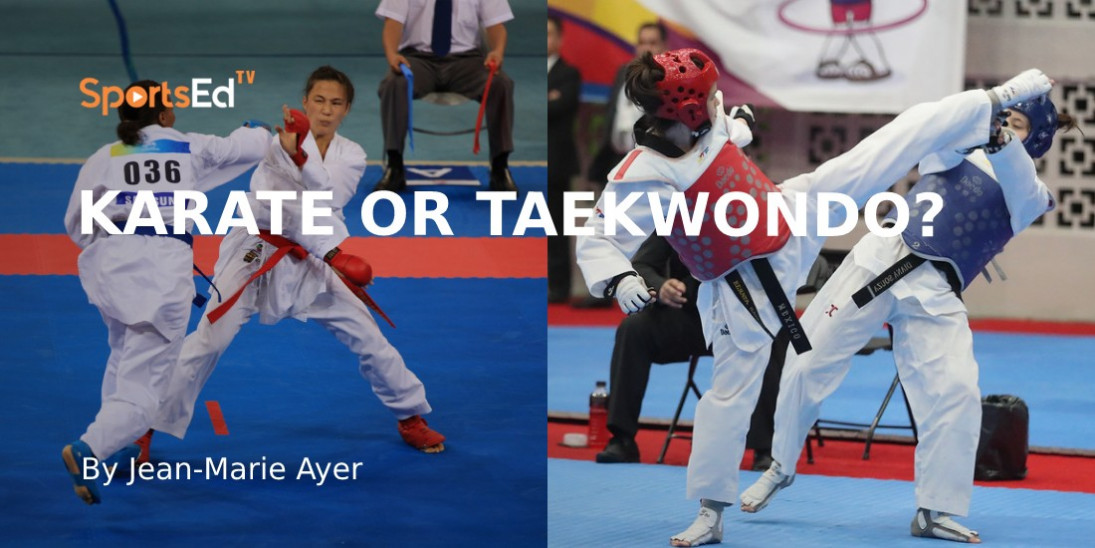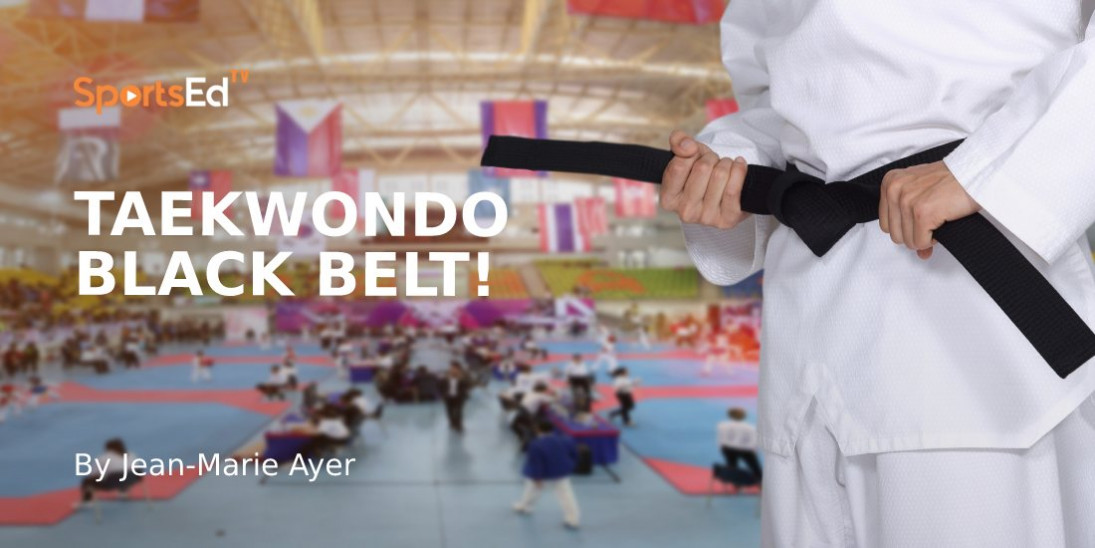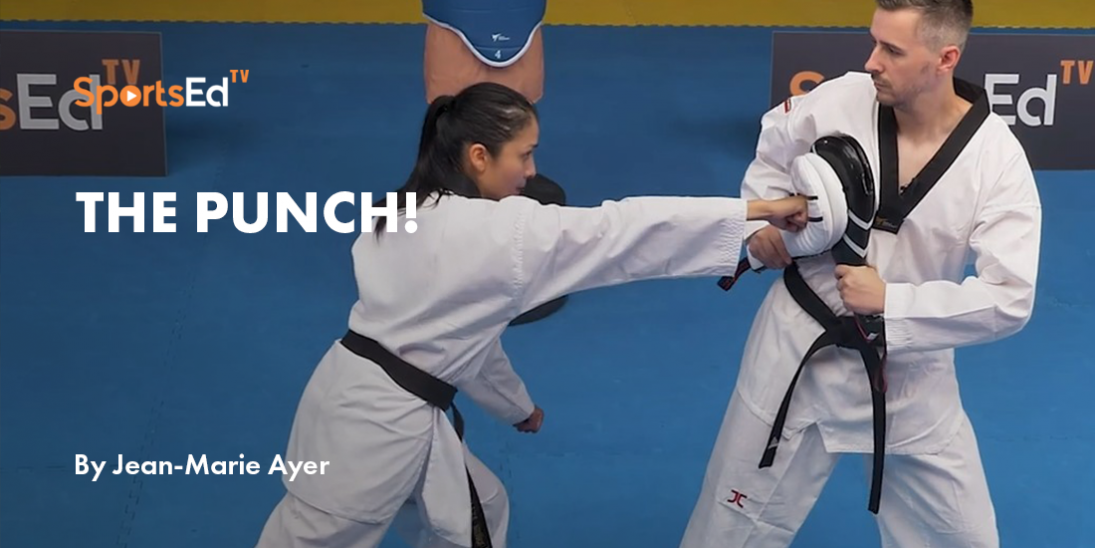Taekwondo
Welcome and thanks for visiting...

Key Rules of Kyorugi (Taekwondo Sparring)
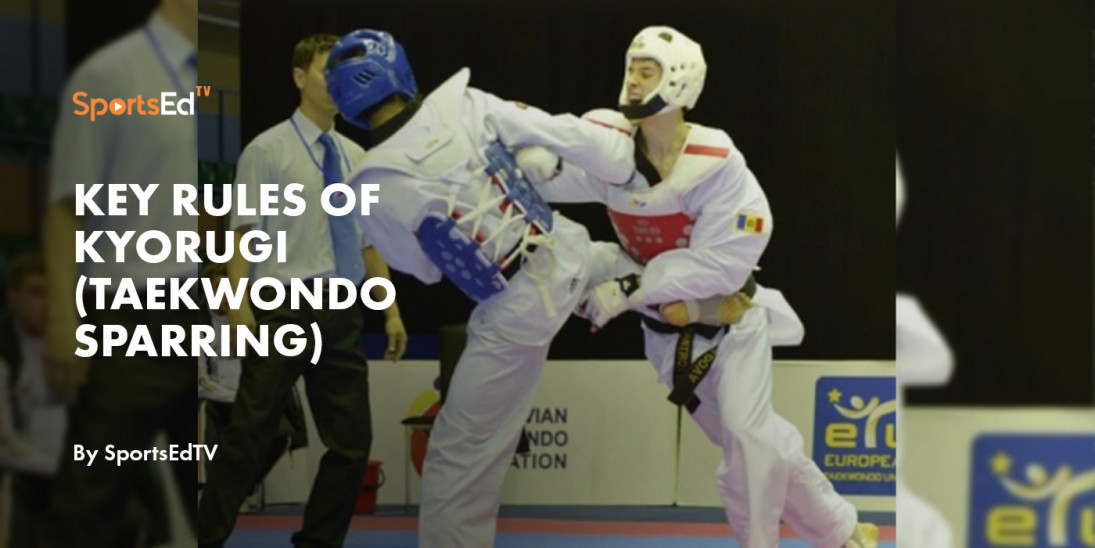
SportsEdTV Taekwondo is committed to bringing athletes, coaches, and parents pro-level taekwondo education videos for FREE. All levels, anywhere, anytime. Check out our full instructional library and sign up to join our taekwondo community!
One discipline of taekwondo is Kyorugi, known as sparring. It is a free-form fight between two people subject to strict rules to avoid injuries and to ensure a fair competition. The contestants wear a body armor (trunk and head protector) fitted with electronic sensors that register kicks and punches if applied with sufficient force.
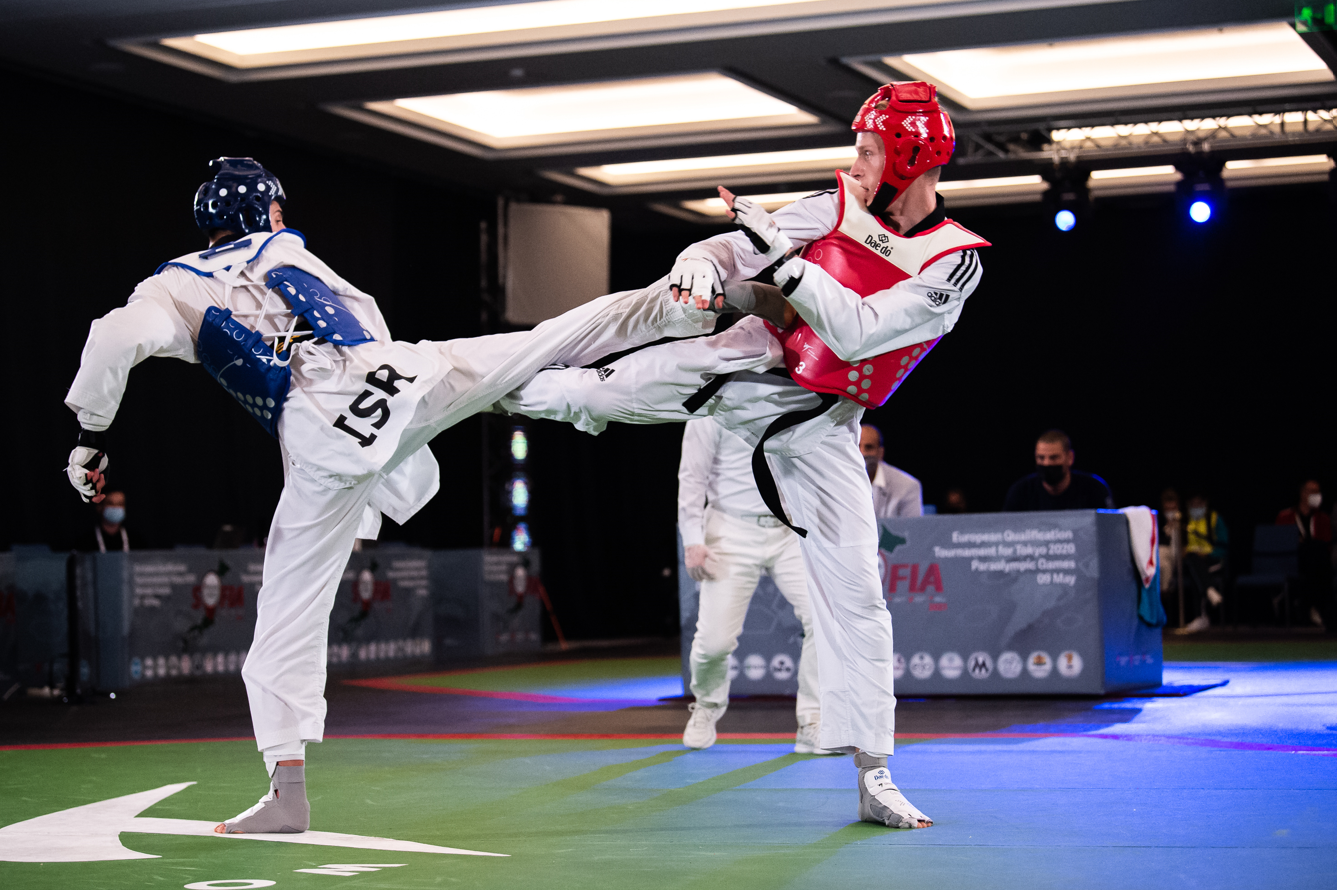
One competitor wears red, called Hong, and the other wears blue, called Chong. The discipline of Kyorugi is an Olympic sport since the 2000 Summer Olympics in Sydney, Australia.
How does a taekwondo match starts and ends?
Before the start of the contest, the center referee will call “Chung, Hong.” Both contestants will enter the contest area with their head protectors firmly tucked under their left arms. The Centre Referee will check for mouthguards at the beginning of the match (and subsequent rounds). The athletes will then bow to the referee, followed by a bow to each other. After the center referee command, “Charyeot” and “Kyeongârye”, the match will commence.
The match is won by the fighter who knocks their opponent out or who has the greater number of points at the end of three rounds (3 X 2 minutes with a one-minute break between rounds). If the match is a draw, a golden point round is fought, with the fighter landing the first scoring point being declared the winner.
What are the permitted techniques to score in taekwondo?
In a taekwondo match, it is allowed to use feet and hands (fist) to score points.
The hand is used as a straight punching technique with the knuckle part of tightly clenched fist. Foot techniques are using any part of the foot below the ankle bone.
The attacks by fist and foot techniques on the areas covered by the trunk protector are permitted. However, such attacks shall not be made on the part of the spine.
Only foot techniques are permitted on the area above the collar bone (head).
What are the scores in taekwondo?
Techniques can yield a number of different points. A difficult and spectacular technique will score more points:
1 point for valid punch attack on trunk protector.
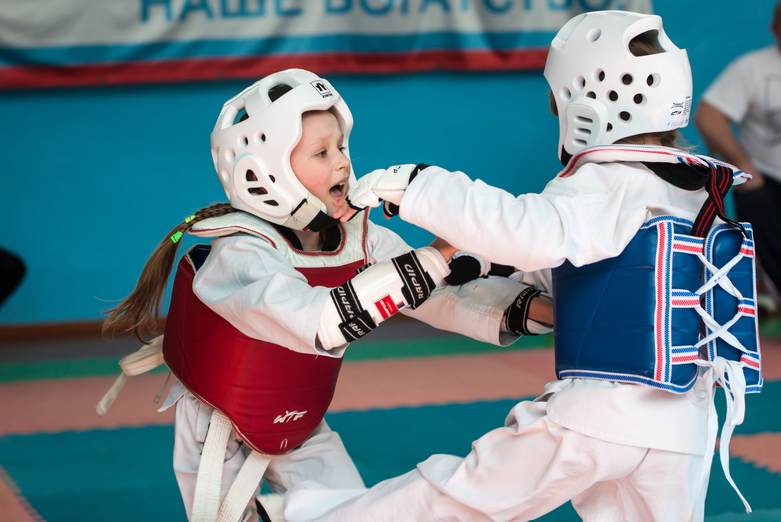
2 points for a valid kick attack on the trunk protector.
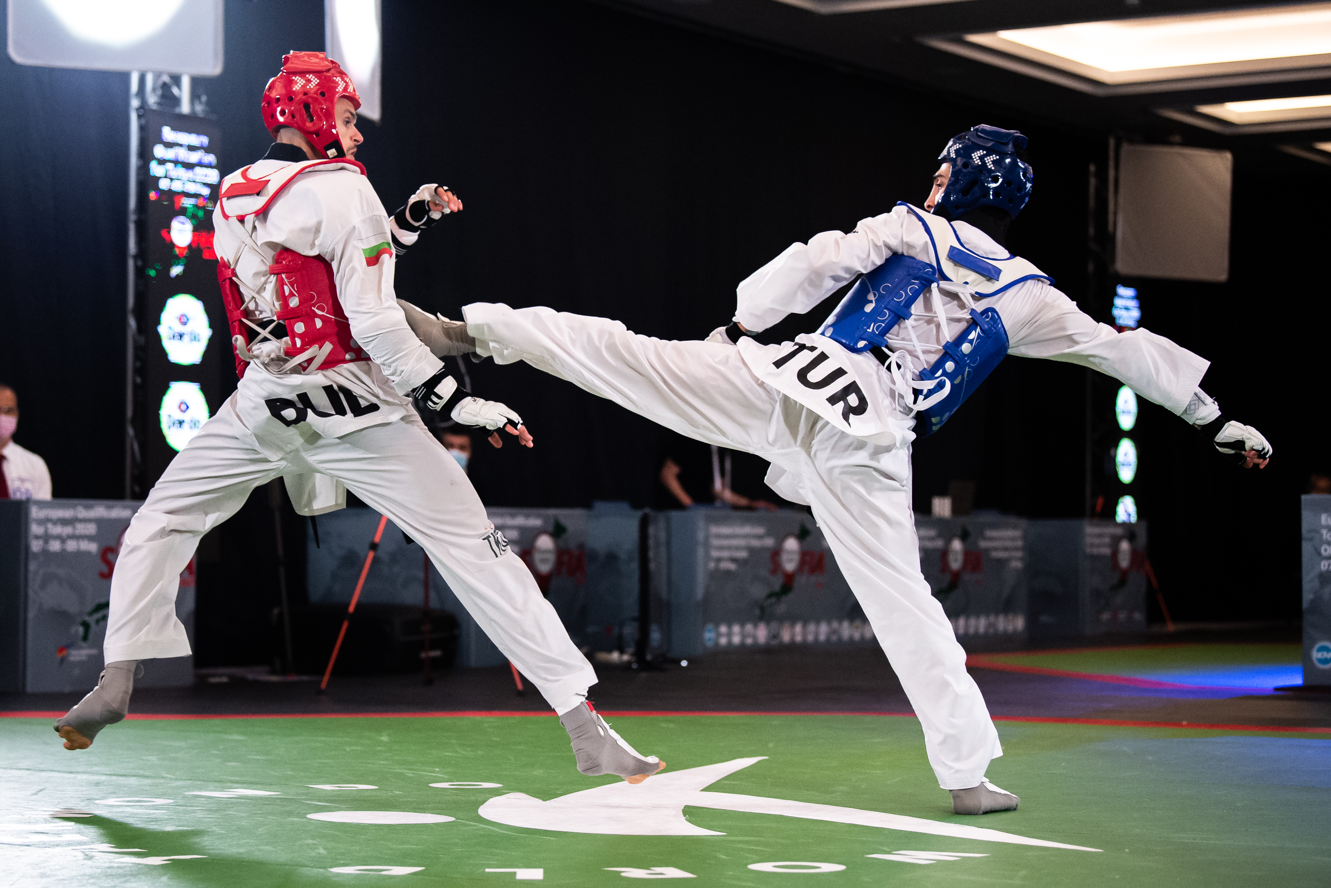
4 points for a valid turning kick to the trunk protector.
0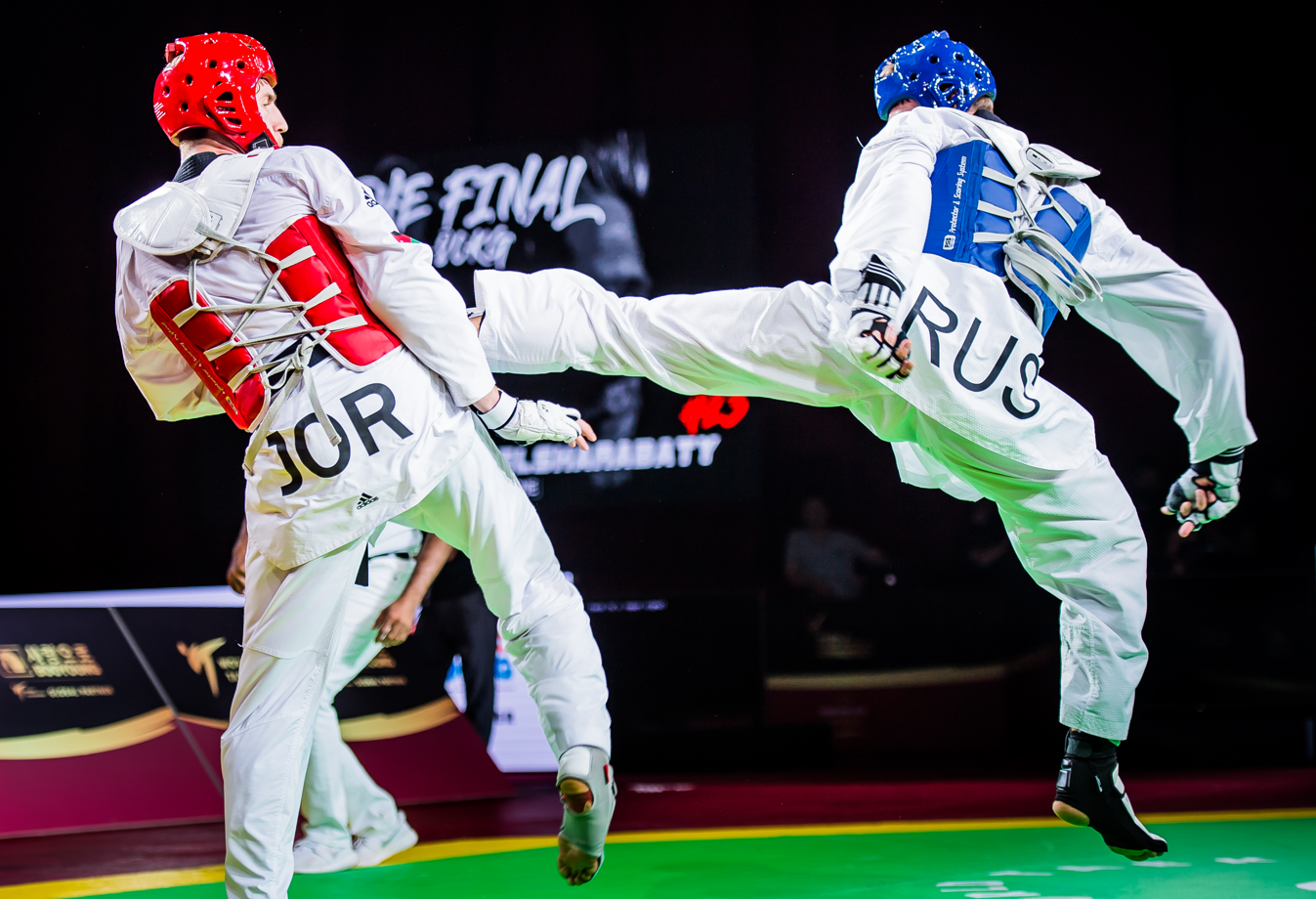
3 points for a valid kick to the head.
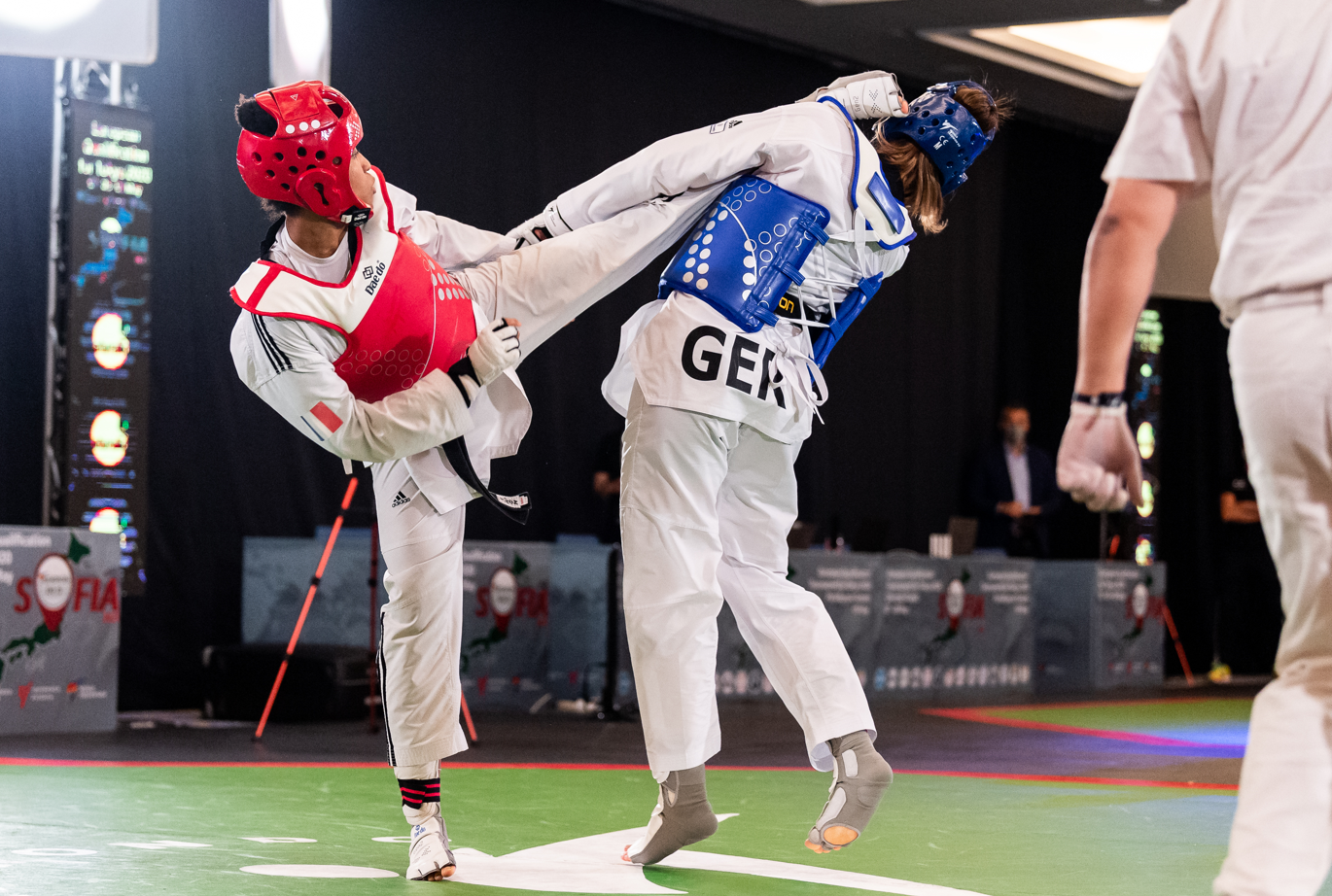
5 points for a valid turning kick to the head.
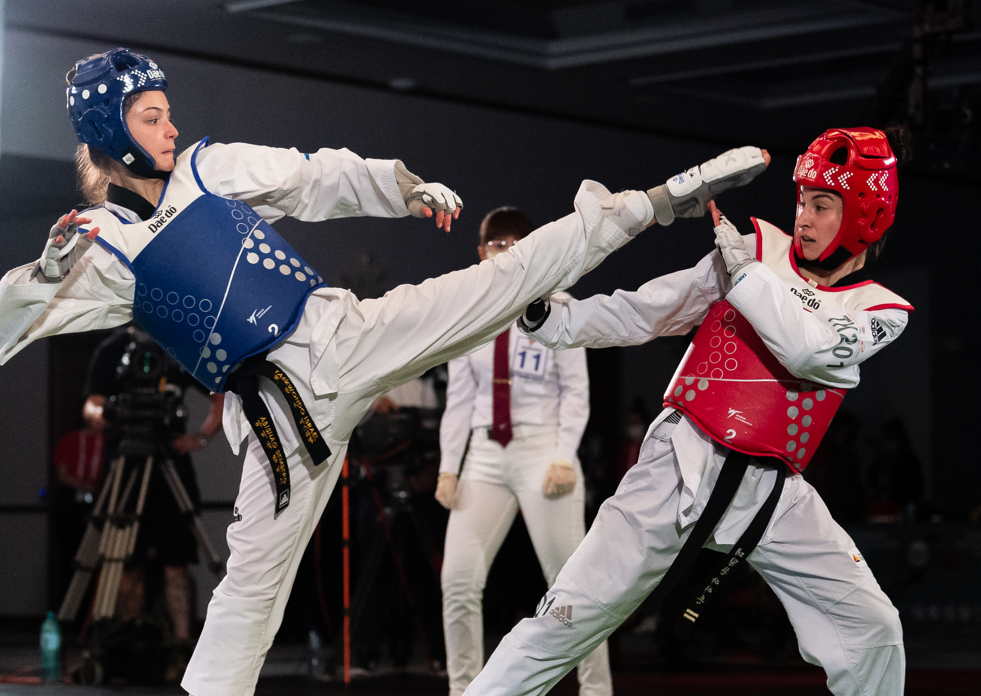
1 point awarded for every one Gam Jeom (penality) given to the opponent.
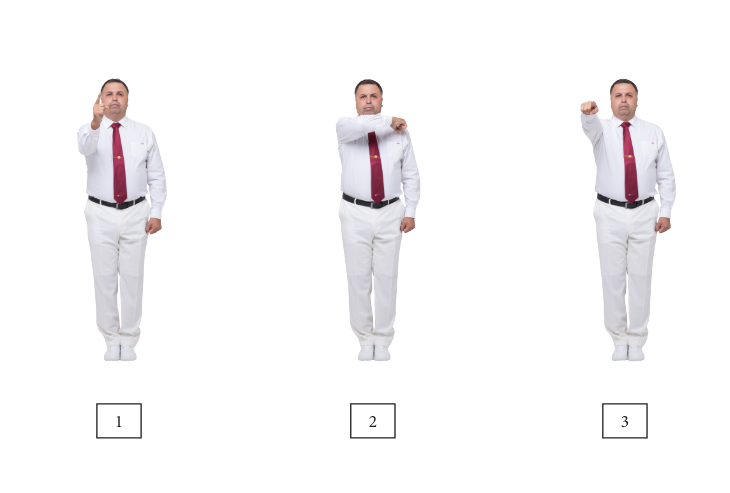
Improve your head kick with this video
How are the points recorded in taekwondo?
Scoring of valid point(s) are determined primarily using the electronic scoring system installed in the Protector and Scoring Systems (PSS). Points awarded for punching techniques and additional points awarded for turning kicks shall be scored by judges using manual scoring devices.
What are the prohibited acts and penalties in taekwondo?
Prohibited acts are penalized with “Gam Jeoms (deduction penalty)” by the Referee. A “Gam Jeom” is counted as one (1) point for the opposing contestant.
The following acts are prohibited:
- Crossing the Boundary Line with one foot
- Falling down
- Passivity &; Avoiding or delaying the match
- Grabbing
- Pushing the opponent
- Attacking after Kalyeo (when the central referee interrupts the match)
- Attacking fallen opponent
- Lifting the leg without a followâup attack
- Blocking with the leg
- Kicking in the air above waist level for more than 3 seconds
- Attacking with the knee
- Misconduct by player or coach; butting with the head




